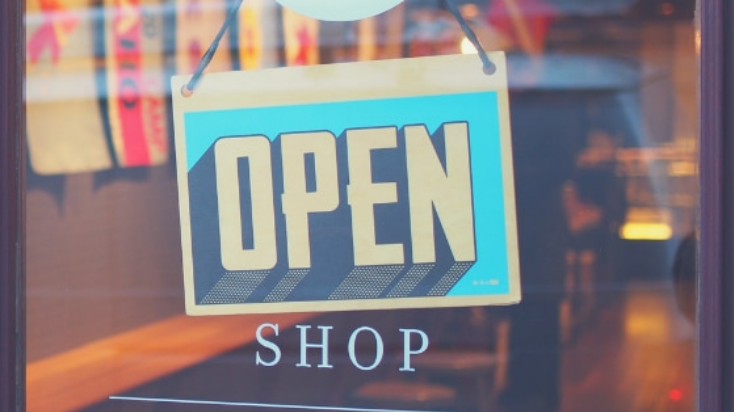
Omnichannel commerce involves a seamless customer experience across multiple channels, including digital and brick-and-mortar. According to a study done by Harvard Business Review, only 7% of study participants were online-only shoppers and 20% were store-only shoppers. The remaining 73% used multiple channels during their shopping journey, making the majority of shoppers omnichannel customers.
So how does a retailer capitalize on this shift in consumer behavior and achieve true omnichannel commerce?
Build the omnichannel mindset into your company culture.
Omnichannel has been a popular buzzword for several years, yet few retailers actually achieve it. Despite many retailers attempting to move in that direction, omnichannel is elusive simply because it's so huge. It encompasses your entire organization, and it involves buy-in from every level. Achieving omnichannel commerce involves changes in technology, operational processes, company culture and training, among many other factors. Retailers easily feel overwhelmed trying to keep up, especially as consumer expectations are constantly and quickly evolving. The first step to move towards omnichannel is to instill the foundation of omnichannel thinking into your company culture. According to Retail Dive, "becoming omnichannel...is being able to step into the shoes, the hearts, the minds of your shoppers to truly be where they are, when they need and want you to be."
Target customers at each point in the buyer's journey.
A key tenet of omnichannel is that customers will interact with your brand at multiple touchpoints, and providing a seamless experience between all of those touchpoints makes up the omnichannel customer experience. Cater to your customer's personal journey in multiple channels by ensuring the integration of your digital and brick-and-mortar channels. Buy Online Pick Up In Store is an option that allows customers to purchase on your app or website and then visit the store to retrieve it. For example, a customer may see an ad for your product on social media while browsing on their desktop, then eventually go into the store to find it. Once there, they realize they want to check the product's reviews. If they're satisfied with the reviews, they may search for a coupon online or in your app before making a purchase. This particular customer has interacted with your brand at four different touchpoints, all to buy one product. That means four different opportunities for them to connect with your brand and form opinions that lead to buying–or not. If your app has bugs or your site takes too long to load or consumers have a negative experience in the store, this can all detract from the customer's overall perception of your brand. Taking into account all the different paths a customer can take to make a purchase is vital in forming your omnichannel strategy.
Always be mobile ready.
The road to omnichannel commerce is paved with a mobile first philosophy. According to Pew Research, 77% of US adults own a smartphone. This past holiday season, mobile shopping sales actually eclipsed desktop sales for the first time. And according to Business Insider, mobile commerce is predicted to reach $284 billion, or 45% of the total US eCommerce market by 2020. Integrate mobile into your brick-and-mortar experience through use of QR codes to provide more information to your customers about certain products, or technology such as beacons, allowing you to connect with customers digitally when they are near a brick-and-mortar location. And be sure your site is optimized for mobile, so customers can access product details, ratings and reviews, and information on promotions no matter where they are. Mobile should no longer be an afterthought to your desktop eCommerce experience, but a crucial platform in your omnichannel strategy.
Achieving a unified, omnichannel shopping experience can be a long process. But it is one that will lead to increased engagement, higher customer satisfaction, and ultimately higher sales.
Be sure to check out our latest post on Why your eCommerce Site Needs a Blog. And for more content like this, follow Team Virid on Twitter, LinkedIn, and Facebook!

